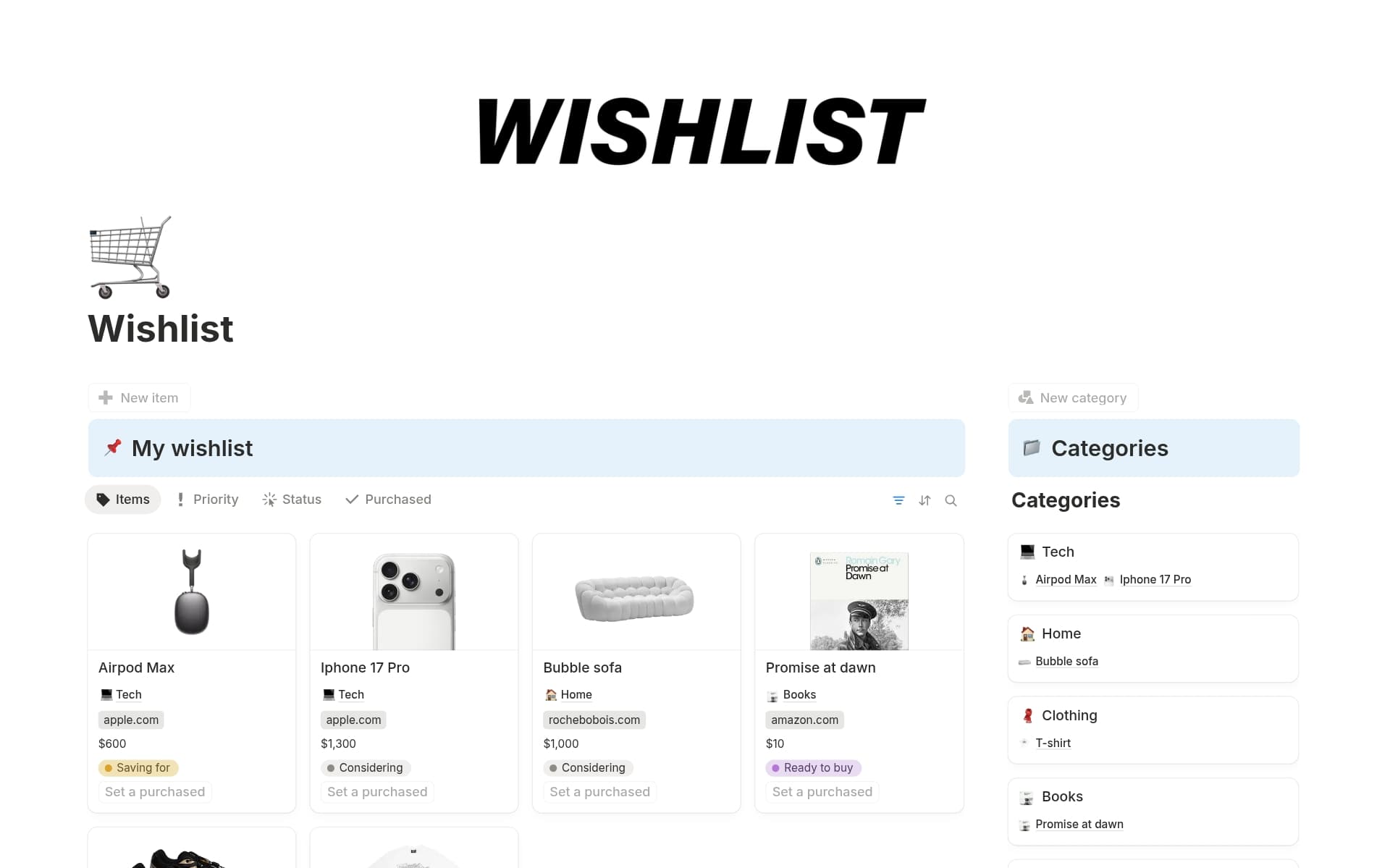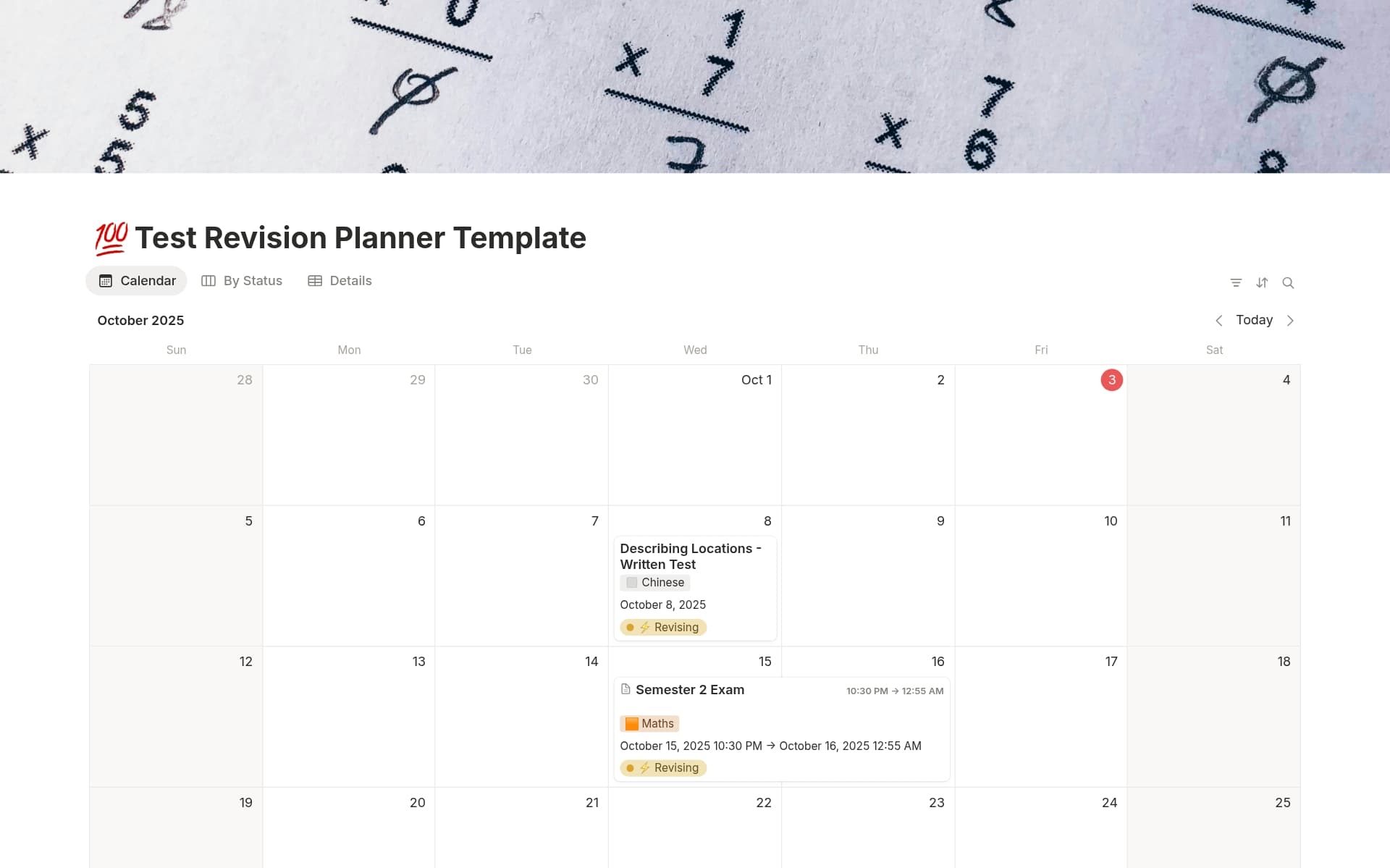Journalism, with its disciplined gathering, verification, and presentation of information, lays the groundwork for informed communities. For freelance data entry specialists, it emphasizes the value of precision, credibility, and clarity in their work. Adopting a journalism template could streamline the process of organizing and presenting information efficiently, ensuring data comprehensiveness and integrity.
Before diving into creating your journalism template, it might be beneficial to explore the examples provided, such as the "Journalist Hub" or the "Newsroom Editor Hub Template," to simplify the task.
What Should Journalism Templates Include?
Choosing the right journalism template can streamline your reporting process, ensuring that all critical aspects of your story are covered efficiently. Here are key components to look for:
Structured Story Outline: A good template should include a clear, structured outline to help you organize your thoughts and ensure a logical flow of information.
Source Tracking: It's essential to have a dedicated section for managing sources, including contact information and notes on their credibility and contributions.
Editorial Checklist: Ensure the template features a checklist to cover all journalistic standards and ethical guidelines, which is crucial for maintaining the integrity of your content.
Integration Capabilities: A template should be compatible with other tools and platforms for easy data import/export, enhancing your efficiency in managing diverse data types.
With these components, a journalism template not only aids in organizing your work but also ensures adherence to high standards of reporting.
What Should Journalism Templates Avoid?
Choosing the right journalism template is crucial for streamlining your workflow without compromising the integrity and depth of your reporting. Here are a few elements to steer clear of:
Overly Complex Layouts: Avoid templates with complicated designs that can distract from the content. Simplicity in layout helps in focusing on the story.
Fixed Font Styles: Templates that do not allow customization of font styles can limit your ability to highlight important information effectively.
Non-Adaptive Content Blocks: Steer clear of templates that aren't flexible with multimedia integration, as modern journalism often requires the inclusion of various media types.
Selecting a template that avoids these pitfalls will ensure your journalism is both impactful and engaging, helping you to better connect with your audience.




